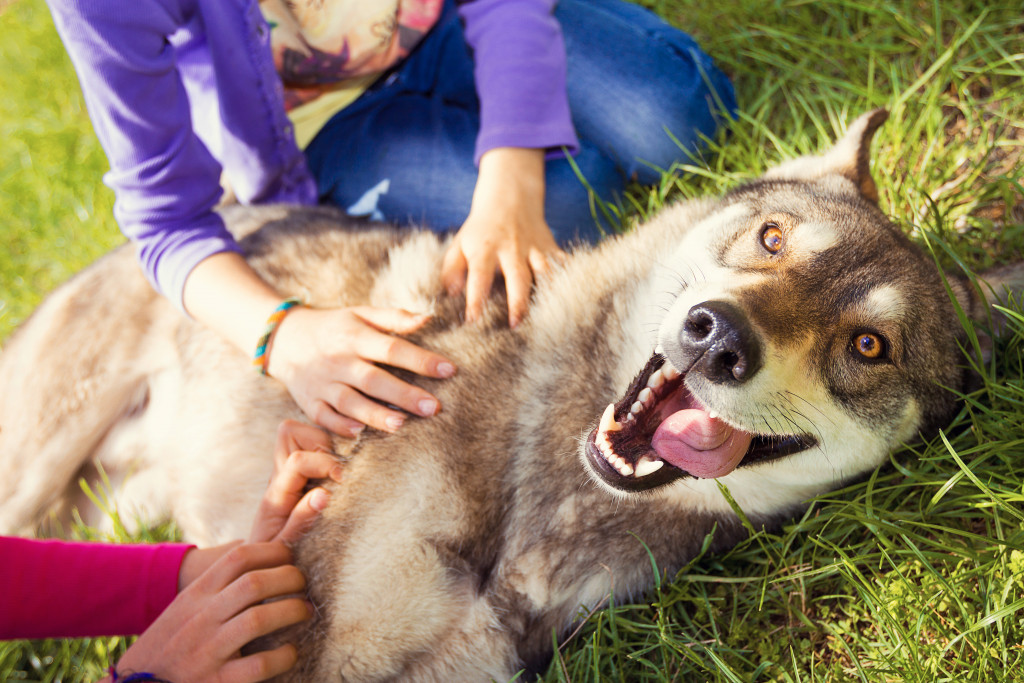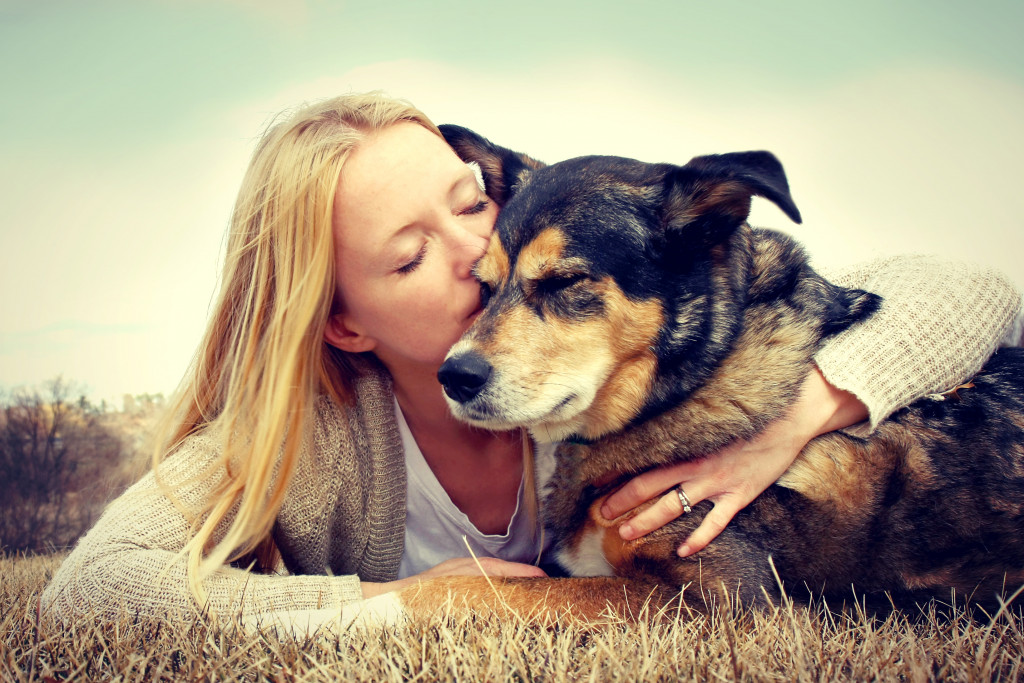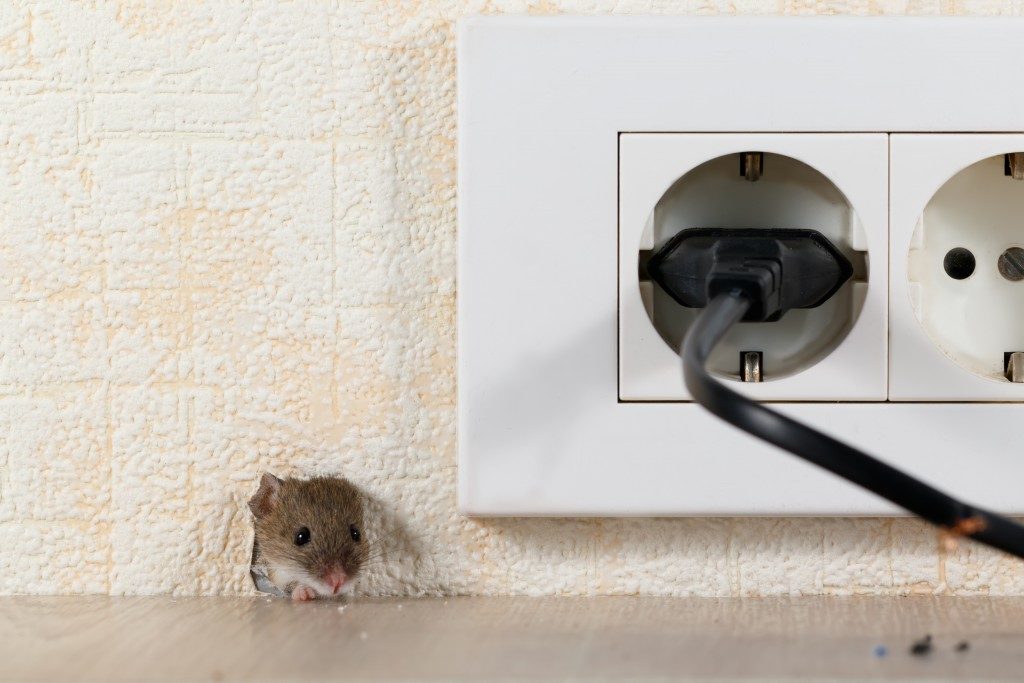Many people think of their dogs as part of the family. And just like any other family member, you probably want your dog to be involved in all aspects of your life – including helping out in the garden! But before you let Fido loose in the tomato patch, you should know a few things about training your dog to be a helper in the garden.
Why are dogs good helpers in the garden
Dogs have a keen sense of smell and hearing, which makes them ideal for detecting pests and other threats. They can also help aerate the soil and keep the garden free of debris. In this blog post, we’ll explore some of the ways that dogs can be helpful in the garden.
Dogs Can Help Control Pests
One of the most critical ways that dogs can help in the garden is by helping to control pests. Dogs have a keen sense of smell, which allows them to sniff out pests such as rodents and other small animals. They can also hear higher-pitched sounds than humans, so they can often listen to insects before we do. This ability to detect pests early can help prevent damage to your plants.
Dogs Can Help Aerate Soil
Another way that dogs can be helpful in the garden is by aerating the soil. When dogs walk through the garden, their feet compress the soil, which helps to loosen it up. This loosened soil can retain more moisture and nutrients, which is beneficial for plants. Additionally, aerated soil is less likely to become waterlogged, leading to problems such as root rot.
Dogs Can Keep The Garden Free Of Debris
Finally, dogs can help keep the garden free of debris, such as leaves and twigs. This is especially helpful in fall when leaves are constantly falling from trees. By keeping the garden free of debris, you’ll reduce the risk of diseases spreading and give your plants more room to grow.

Training tips!
Now that you know some of the ways that dogs can be helpful in the garden, you may be wondering how to train your dog to perform these tasks. Here are a few tips:
Develop a reward system
Dogs are highly motivated by food, so one of the best ways to train your dog is to develop a reward system. After teaching them a few tricks, you can give them a treat as a reward for their excellent behavior. This is why it’s essential to have an ample supply of dog food and treats. The more you reward them for a job well done, the more likely they are to perform the task again in the future. Over time, your dog will learn that it will be rewarded for performing practical tasks in the garden.
Start with basic obedience commands
The first step in training your dog to help in the garden is to ensure that they have a good foundation of basic obedience commands. This includes sit, stay, come, down, and off. Once your dog understands these commands, you can begin introducing them to new tasks in the garden, such as fetching tools or pest control. Don’t force them to do anything they’re uncomfortable with – take it slow and let them get used to their new tasks at their own pace.
Keep training sessions short
Another critical tip for training your dog is to keep training sessions short. Dogs have a limited attention span, so it’s essential to keep training sessions short and sweet. Otherwise, they will become bored and may not retain the information. It’s also essential to end training sessions positively, such as with a treat or toy. Training your dog should be a positive experience for both of you. Helping them associate training with something they enjoy will make it more likely that they’ll participate in the future.
Introduce your dog to the garden slowly
Once you have established that your dog understands basic obedience commands, you can begin introducing them to the garden environment. Start by taking your dog into the garden on a leash and walking them around. Let your dog take some time to sniff around and get accustomed to its new surroundings. Once your dog seems comfortable, you can begin working on specific tasks.
Be patient and consistent with training
One of the most important things to remember when training your dog to help in the garden is to be patient and consistent with your training regimen. Dogs learn best when they are given clear and consistent direction. Try not to get frustrated if your dog doesn’t catch on right away – keep working at it, and eventually, they will get the hang of it!
Conclusion
Training your dog to help in the garden can be a fun and rewarding experience for you and your furry friend! Remember to start with basic obedience commands, introduce your dog slowly to the garden environment, and be patient and consistent with training. With a little bit of time and effort, you’ll soon have a four-legged helper that’s ready to take on anything from weeding to harvesting crops!



